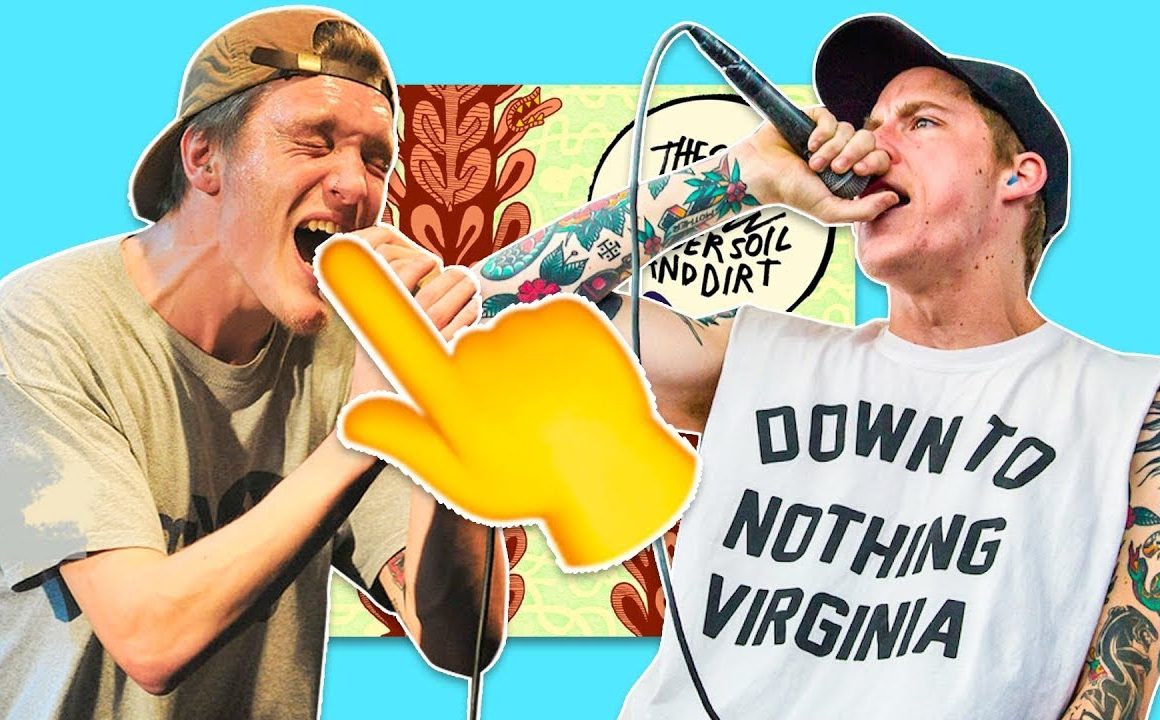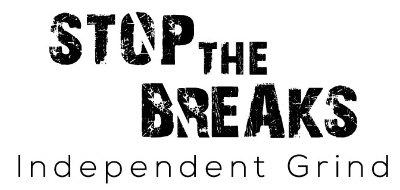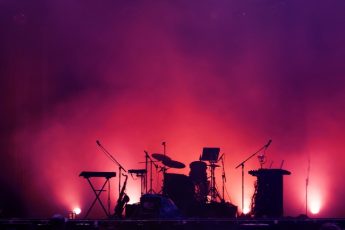
Fashion trends and music genres tend to have a mutual influence on each other and are typical of their times. Both of these arenas allow the young people of each decade to express themselves in unique and identifying ways. This is further reinforced by the fans joining in, going to concerts, buying music albums, and dressing the part. What is not clear is whether fashion follows music or vice versa. But they are always found together.
We explore the interesting parallels between music and fashion, starting with the 1920s and how jazz music and fashion were entwined. We proceed all the way to electronic dance music that arose in the 1990s and is still being enjoyed to this day.
Jazz and the Flappers
Jazz music was considered outrageous in the 1920s. Jazz bands strutted their stuff at multicultural speakeasies and nightclubs and had an influential effect on feminism. This altered female behavior and impacted the fashions of the day. The most notable mode was flapper fashion, characterized by women in loose garments, uncovered arms, wearing short dresses, and going bra-less.
Rock and Roll
The 1950s brought movies and television to the masses and suddenly teen fashion became a thing. Elvis was played everywhere, and teenagers started insisting on dressing according to their tastes and identification with movie and music stars. Designers jumped on the new bandwagon and started catering to this group.
The Mod Subculture
The mid-60s saw Mod subculture take its place in fashion history. This was a joining of modern-day fashion with the beatnik look. This was also the era of artists like Janis Joplin who dressed in psychedelic outfits as drugs like LSD saw widespread use. Then came the Vietnam War and the drafting of young men, some still not adults. Anti-establishment themes flared in song lyrics, accompanied by the hippie movement, flared jeans, and flower power. Bell bottom jeans, floral prints, and crochet were turning up in fashion statements.
PUNK
The 1970s ushered in Punk with angry rock music, soul, and reggae. This movement fed off the social scene and was a way for ordinary citizens to express their growing dissatisfaction with the establishment. This time saw brightly dyed hair, leather jackets, piercings, and a separation of the mainstream from the music one, with the latter punting its message of the right to freedom and the upholding of individuality.
Glam Rock
In the 1970s, new techniques in movies caught the attention of musicians. The most important trend was the use of special effects and sci-fi popularity to create a musical atmosphere. This enhanced performances and brought with it Glam Rock. Artists in this category included the band, Kiss, Marc Bolan, and David Bowie. The resultant fashions were fostered by underground retailers as many young people loved the music but not all identified with the fashion it birthed, and those who were, came to be seen as a pop subculture.
Goth
Goth was the next development. Glam rock inspired goth music, initially known as death rock. This morphed into several different music genres, such as new wave and synthpop. Fans started dressing completely in black from head to toe. Eerily pale make-up was worn with dark red lipstick and the adherents to this subculture embraced all things dark and spooky like horror movies and visiting haunted houses.
Grunge
Teenage angst was a pain and sensitivity every teen felt, rather than a mass depression. It found its expression in Grunge during the 1990s. Kurt Cobain was the embodiment of this subculture that hated the thought of settling down into society with a white picket fence dream. The movement expressed a lot of anger felt by this generation which was aimed at the world and commercialization as a whole. It was very much a case of “them and us”.
The Amiri range of clothing has been designed for the punk and grunge subcultures, which have remained popular to the current day. Its creator, Mike Amiri, grew up under these musical influences and was able to put all these feelings into fashion. Take some time to shop the Amiri range online at ssense.com.
Hip-Hop
Hip-hop came out during the late 1980s and continued to exert an impact on teenagers into the 1990s. It has been said that hip-hop arose on the streets in various urban areas. Rappers challenged each other through their music and there was a lot of one-upmanship as artists responded to these musical insults. This trend started in places like Detroit, Los Angeles, and New York.
Electronic Dance Music
Electronic dance music took over the scene in the early 1990s that was to continue even in the decades that followed. The genre involved dance parties, or raves (Radical Audio-Visual Experiences), expanded to many sub-genres, and often associated with illegal drugs. This scene was matched by fashion pieces such as UFO pants, leg fuzzies, minute bikinis, and wings.
Time will tell what the next trends are.



